Table of Contents
Introduction: The Answer to Your Beef Oil Question
Do you need oil for beef? The short answer: it depends on the cut and cooking method. For lean cuts like sirloin or filet mignon, oil is typically needed to prevent sticking and achieve a good sear. For fatty cuts like ribeye or brisket, the natural fat may be sufficient, so oil isn't necessary. In this guide, we'll break down exactly when you need oil for beef, how to choose the right oil, and tips for cooking without oil when possible.
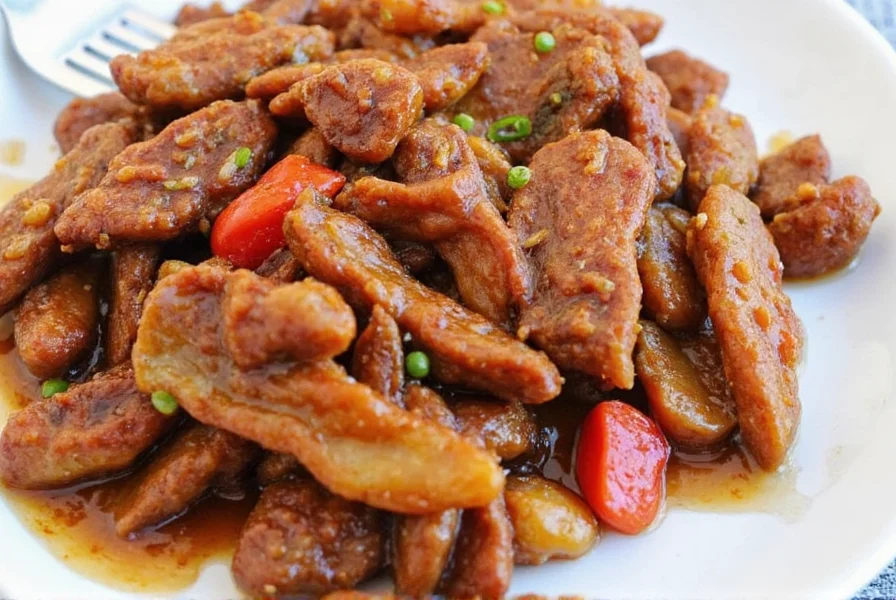
Whether you're grilling, pan-searing, or roasting, understanding the role of oil will help you create perfectly cooked beef every time.
Oil or Not? Understanding the Role of Oil in Beef Cooking
Oil plays a vital role in many cooking techniques, especially when it comes to searing, roasting, and grilling. But does it have to be used when cooking beef? Let's break it down.
Why Oil Matters in Beef Cooking
Oil helps create a beautiful crust on the outside of the meat, which enhances flavor and locks in juices. It also prevents sticking, especially if you're using a non-stick pan. However, some cuts of beef naturally have enough fat to cook without added oil, and others might benefit from a bit of extra moisture.
| Cooking Method | Oil Required? | Reason |
|---|---|---|
| Stir-fry | Yes | To prevent sticking and add flavor |
| Grill | No | Natural fat renders during cooking |
| Sous Vide | No | Meat is vacuum-sealed and cooked in water |
| Roast | Optional | Can enhance browning but not necessary |
So, while oil is often beneficial, it's not always essential. It all depends on the cut of beef, the cooking method, and your personal preference.
Cooking Hacks for Perfectly Seasoned Beef
Now that you understand the role of oil and how to store your spices, let's talk about how to use them effectively in beef recipes. These hacks will help you bring out the best in every bite:
- Season early and often: Rub your beef with spices well before cooking to allow the flavors to penetrate the meat.
- Use a dry rub: A mix of salt, pepper, paprika, and other spices creates a delicious crust when seared.
- Let it rest: After cooking, let your beef rest for a few minutes before slicing. This allows the juices to redistribute, resulting in a more tender and juicy cut.
- Experiment with oil types: Different oils have different smoke points and flavors. Use a high-smoke-point oil like avocado or grapeseed for searing, and a lighter oil like olive or coconut for finishing touches.
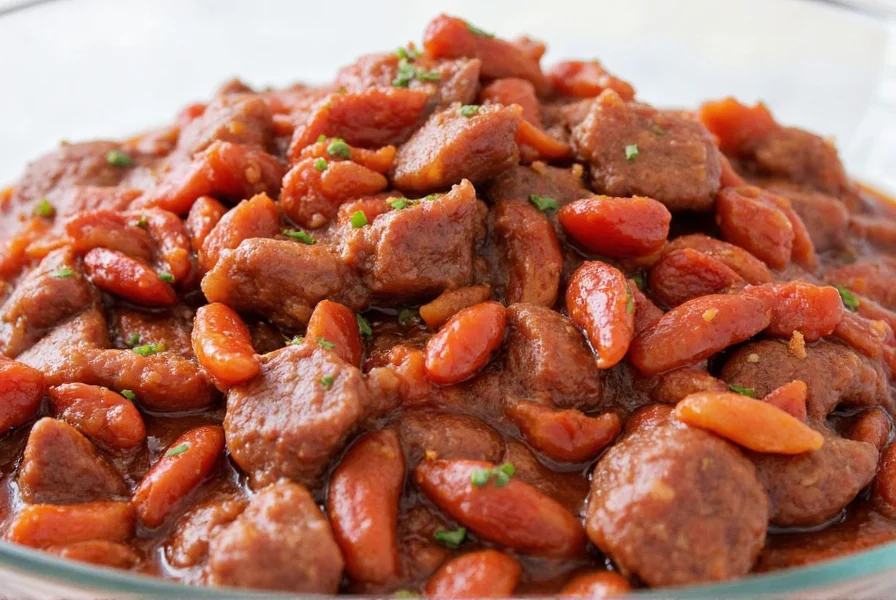
Remember, the goal is to highlight the natural taste of the beef while enhancing it with bold, balanced flavors. Don't be afraid to play around with combinations—your taste buds will thank you!
Buying Guide: Choosing the Right Oil for Your Beef
If you're going to use oil in your beef recipes, choosing the right one is crucial. Here's a breakdown of popular oils and their best uses:
1. Avocado Oil
- Smoke Point: 520°F (270°C)
- Flavor: Mild, nutty
- Best For: High-heat cooking like searing and frying
- Target Audience: Health-conscious cooks and those who want a neutral-tasting oil
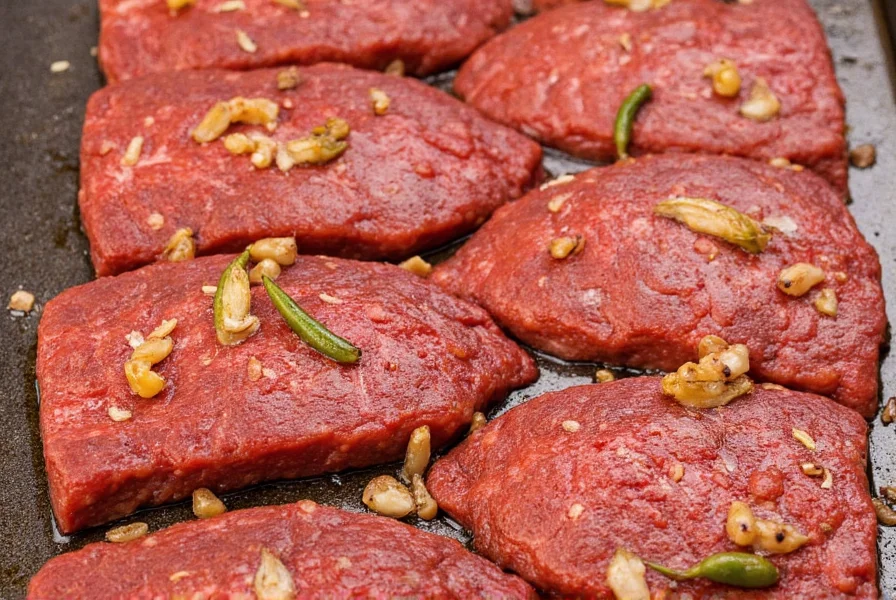
2. Olive Oil
- Smoke Point: 375–470°F (190–243°C)
- Flavor: Rich, fruity
- Best For: Medium-heat cooking, drizzling over finished dishes
- Target Audience: Those who enjoy Mediterranean flavors
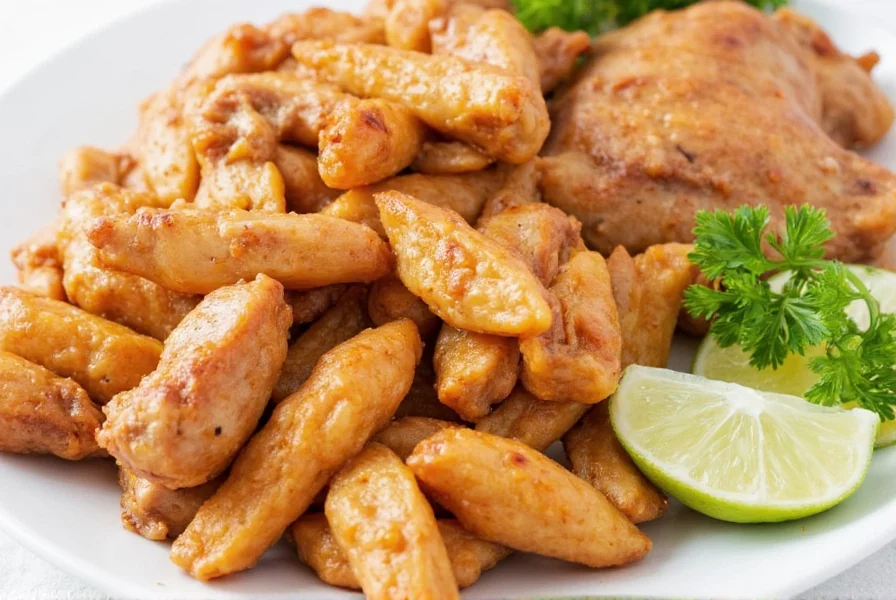
3. Coconut Oil
- Smoke Point: 350°F (175°C)
- Flavor: Sweet, nutty
- Best For: Low-heat cooking, baking, or adding a tropical twist
- Target Audience: Adventurous cooks looking for unique flavors
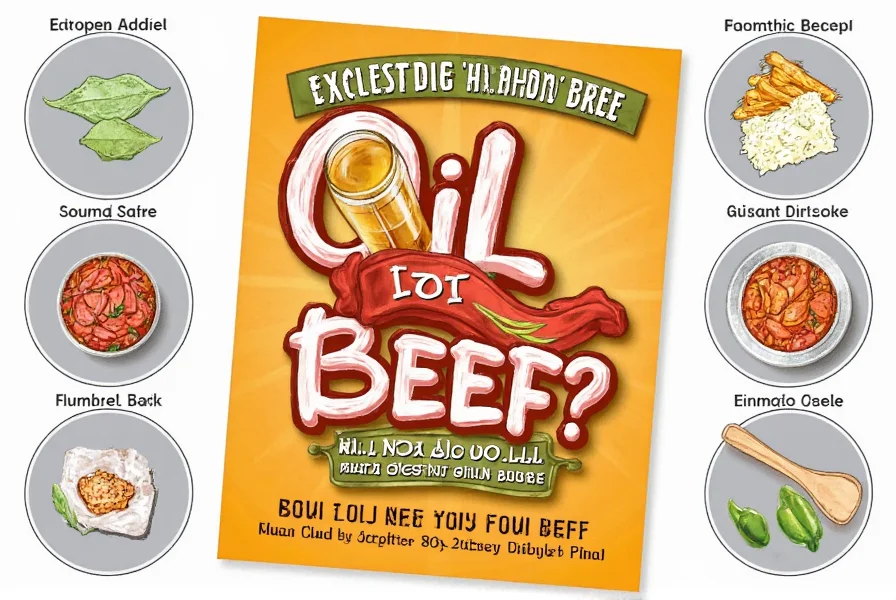
4. Grapeseed Oil
- Smoke Point: 420°F (215°C)
- Flavor: Neutral
- Best For: Frying, sautéing, and baking
- Target Audience: Those who prefer a subtle flavor
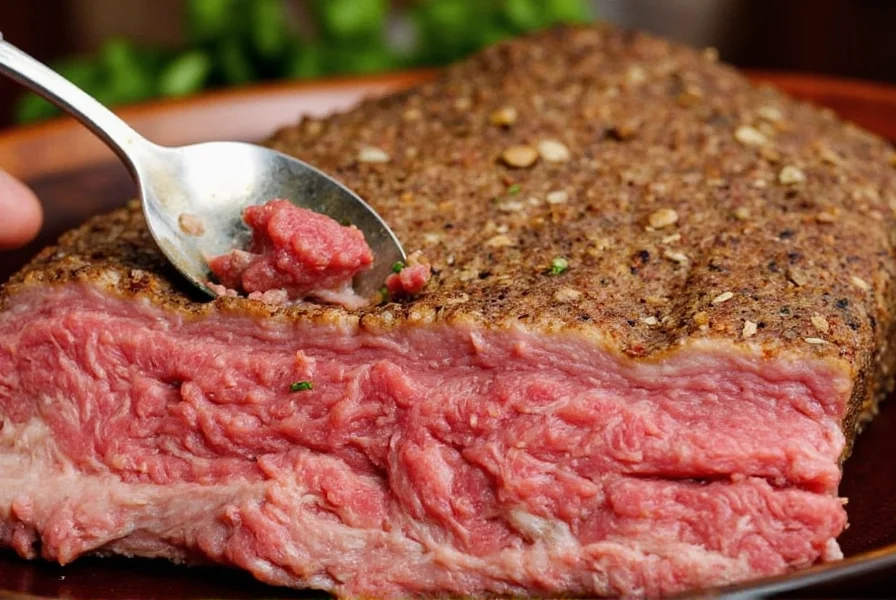
Each oil has its own strengths, so choose based on your cooking style and the flavor profile you're aiming for. And remember, even if you don't need oil for beef, using the right one can take your dish to the next level.
Conclusion: Making the Right Choice for Your Dish
So, do you need oil for beef? The answer is a resounding it depends. Whether you use oil or not, what matters most is how you season and cook your beef. With the right spices, proper technique, and understanding of oil's role, you can create a dish that's bursting with flavor and perfectly suited to your taste.
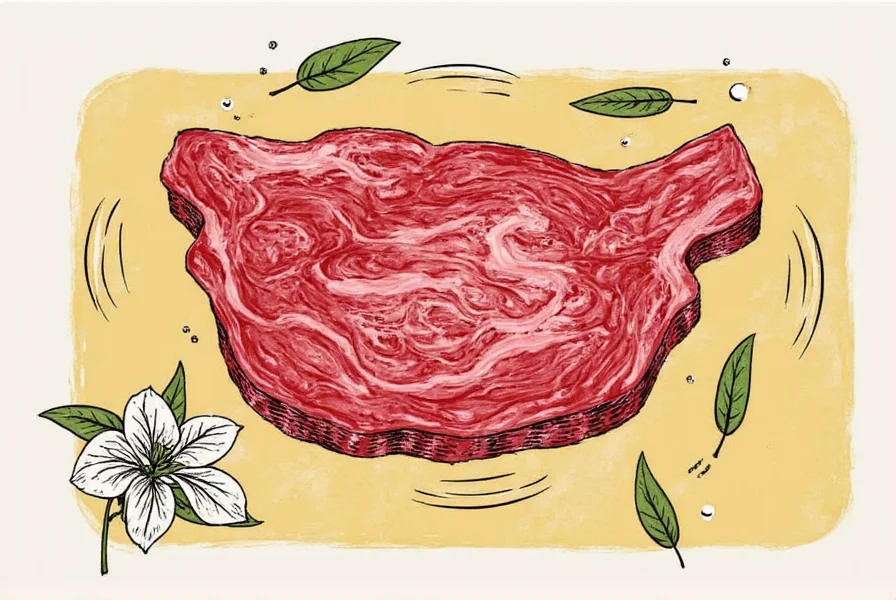
Whether you're grilling a steak, slow-cooking a pot roast, or making a spicy stir-fry, remember that the journey is just as important as the destination. So go ahead—experiment, savor, and enjoy every bite of your perfectly seasoned beef!
Frequently Asked Questions
Do you need oil to cook beef in a pan?
It depends on the cut and cooking method. For lean cuts like filet mignon or stir-frying, you'll need oil to prevent sticking and create a good sear. For fattier cuts like ribeye, the natural fat often renders during cooking, reducing or eliminating the need for additional oil. Using a high-smoke-point oil like avocado or grapeseed is recommended for pan-searing.
Can you cook steak without oil?
Yes, you can cook steak without oil, especially when grilling or using a well-seasoned cast iron skillet. Fatty cuts like ribeye or New York strip have enough natural fat to cook without added oil. However, for leaner cuts or non-stick pans, a small amount of oil helps prevent sticking and promotes better browning.
What's the best oil for searing beef?
The best oils for searing beef are those with high smoke points (above 400°F/204°C), such as avocado oil (520°F/270°C), grapeseed oil (420°F/215°C), or refined canola oil (400°F/204°C). These oils can withstand high heat without burning, allowing you to achieve a perfect crust without bitter flavors.
Does lean beef need more oil than fatty cuts?
Yes, lean beef cuts like sirloin or tenderloin typically require more oil than fatty cuts like ribeye or brisket. Lean cuts have less natural fat to lubricate the cooking process, so adding oil prevents sticking and helps create a flavorful crust. Fatty cuts naturally render fat during cooking, which acts as its own lubricant.
Can I use butter instead of oil for cooking beef?
You can use butter, but it has a lower smoke point (300°F/150°C) than most oils, so it burns easily at high searing temperatures. A common technique is to start with a high-smoke-point oil for searing, then add butter toward the end of cooking for flavor. This gives you the best of both worlds—good browning plus rich butter flavor.
How much oil should I use when cooking beef?
When oil is needed, use just enough to lightly coat the surface—about 1-2 teaspoons for a standard steak in a pan. Too much oil can cause splattering and make your beef greasy rather than developing a proper crust. For grilling, you might only need to lightly oil the grates or the meat itself.
Is cooking beef without oil healthier?
Cooking beef without oil can reduce added calories and fat, but the difference is often minimal since meat already contains fat. The healthiest approach depends on your overall diet. Using a small amount of heart-healthy oil like avocado or olive oil can actually enhance nutrient absorption of fat-soluble vitamins in your meal.
What happens if you don't use oil when cooking beef?
Without oil, lean cuts may stick to the pan, making flipping difficult and potentially tearing the meat. You might also get less browning and crust formation, which affects flavor development. However, with proper technique (like ensuring your pan is hot enough), fatty cuts can often be cooked successfully without added oil.

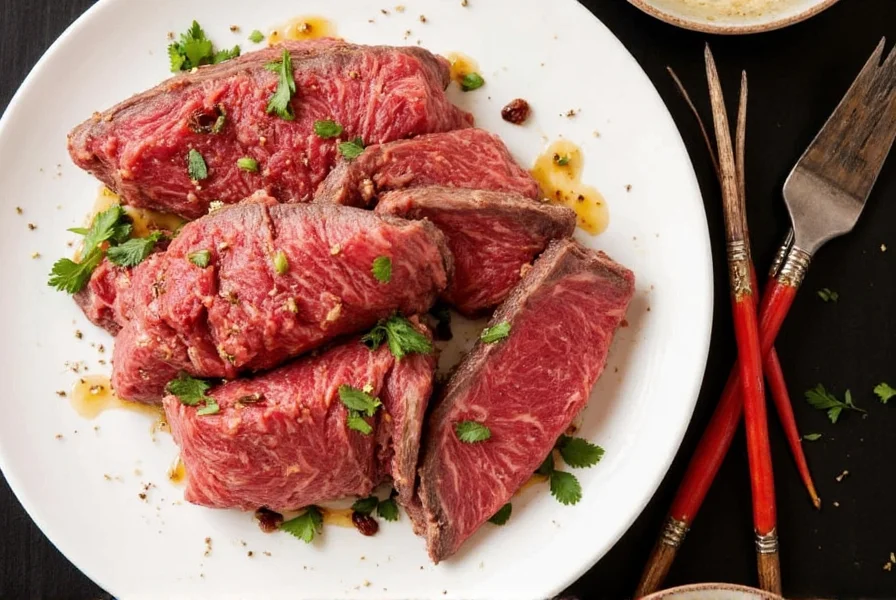









 浙公网安备
33010002000092号
浙公网安备
33010002000092号 浙B2-20120091-4
浙B2-20120091-4